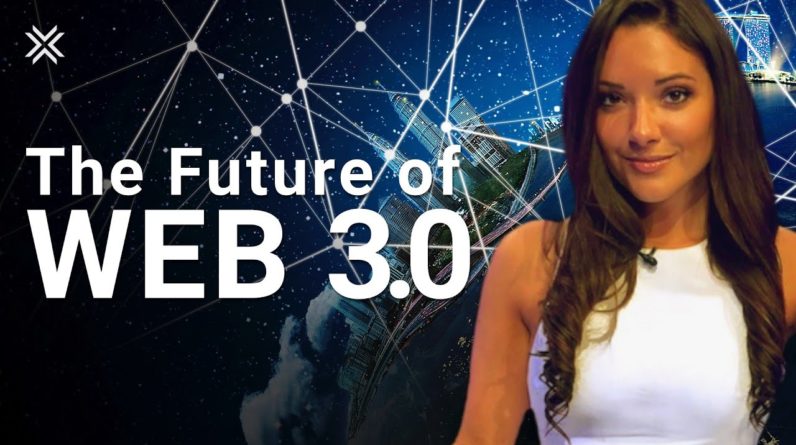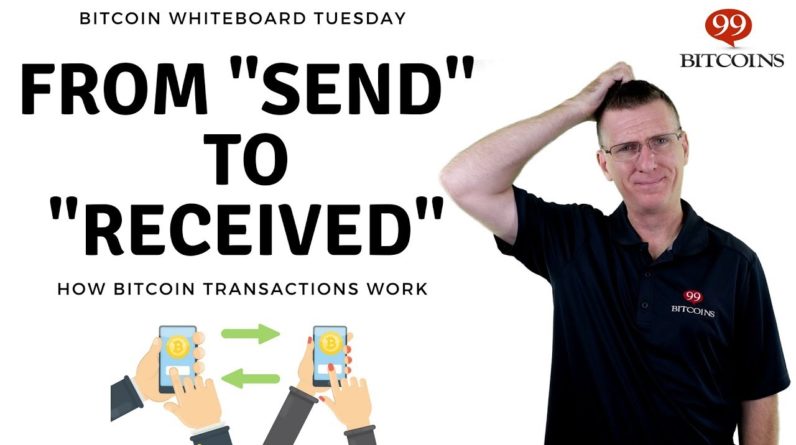
Hello and welcome to the Exodus channel, your
home for the best crypto videos. Hit those like and subscribe buttons and we’ll
keep the videos coming. When people ask what is Web 3.0 or Web3 they’re
often asking how the future internet is going to be different from what we have today, and
what we have had in the past. Viewers over the age of 30 might remember
the static web pages of Web 1.0, which were basically an information dump that internet
users could browse, but not interact with. It might be hard to imagine now, but in the
early 1990s, it still wasn’t possible to add photographs or attachments to an email! And also, the internet screamed when you tried
to access it. As we moved into the 2000s, search engines
like Google started to bring order to the internet, and websites became more interactive. Web 2.0 is typified by social media sites
such as Youtube, Blogger, and Facebook, and then later by the birth of apps that could
be used on mobile devices.
This period saw not just a huge increase in
file sharing, but also in the amount of digital data that was produced by all of these interactions. Those who moved quickly enough to capture
this data and create a network effect became the Kings of Web 2.0. The business models of tech companies like
Google and Facebook saw them become incredibly rich and powerful through the free harvesting
of data from users, and sale of targeted data to advertisers. This monopoly of web power came about as a
result of free market activities, it wasn’t planned or agreed to in a democratic way. The emergence of blockchain means that we
will now be able to consciously build Web 3.0 in a way that works for everyone.
One of the major differences is that Web3
will give users more control over their data. They will have the power to decide who, if
anyone, collects their data, how it gets used, and whether they get a cut of the platform’s
revenues. This model reflects the value of user contributions
to online ecosystems, and is already in place on some forward-thinking projects like the
Brave Web Browser, which prevents third-party tracking and allows users to choose whether
they want to see pop-up ads or not. And those who opt-in to seeing ads across
Brave platforms are rewarded in Basic Attention Token, the browser’s native crypto currency. Brave users can also choose to tip content
creators with the BAT token, taking the power away from intermediaries like YouTube who
usually decide who can and who can’t make money from the content. Another big change is that future web users
will be able to have a cross-platform online identity. This will be like a driver’s license, except
that the identity will be secured by the blockchain and exist only online. We will use our identities to sign into websites,
sign up for services, fill out mortgage applications, claim tax refunds and so much more.
Blockchain-based projects like Civic, Cardano,
and Ontology are already trying to build these digital identity frameworks, and many platforms
are trying to onboard the first successful blockchain-based social network. In Web3 a person’s online community won’t
exist solely on one centralized platform. Friends will be linked through their online
identities, and if a user opens an account on a new social media site or DApp, they’ll
bring all of their connections across with them. These are some of the changes that Web3 can
make to existing services, but perhaps the most exciting prospect is what advances in
machine learning could bring to the internet of the future. Tim Berners-Lee, the inventor of the world
wide web, has coined the term Semantic Web to refer to new distinctions that artificial
intelligence is able to make when searching for and linking information. By understanding the meaning of words and
the relationship between different pieces of data, a Web3 search will have the ability
to distinguish between relevant and irrelevant information, like humans.
No more trying to guess the correct keywords
to write into Google! Also, due to the increased connectivity across
Web3, accessing the information or content that you want will be possible across multiple
platforms, instead of siloed into individual platforms, like in Web 2.0. This brings an extra layer of importance to
blockchain projects that aim to connect all of the major blockchains together, such as
Polkadot and Cosmos. In fact, many aspects of Web3 are already
in their first iterations today, such as Cloud Computing, Augmented Reality, and the Internet
of Things, which allows us to connect everyday items and appliances
to the web. Blockchains like IoTeX have been launched
to regulate the trusted exchange of information in the emerging world of IoT, as it is predicted
that by 2030, 100 billion devices will be connected to the internet, outnumbering humans
by a factor of 10:1. This means there will be an exponentially
large amount of data gathered about our personal lives, and really flags up the importance
of decentralized blockchain technology to ensure that third parties cannot access our
data without our express consent, and to send a clear message that our private data belongs
to us.
If this video helped you understand web 3.0
hit that like button, and subscribe to the channel for more videos from Exodus..




